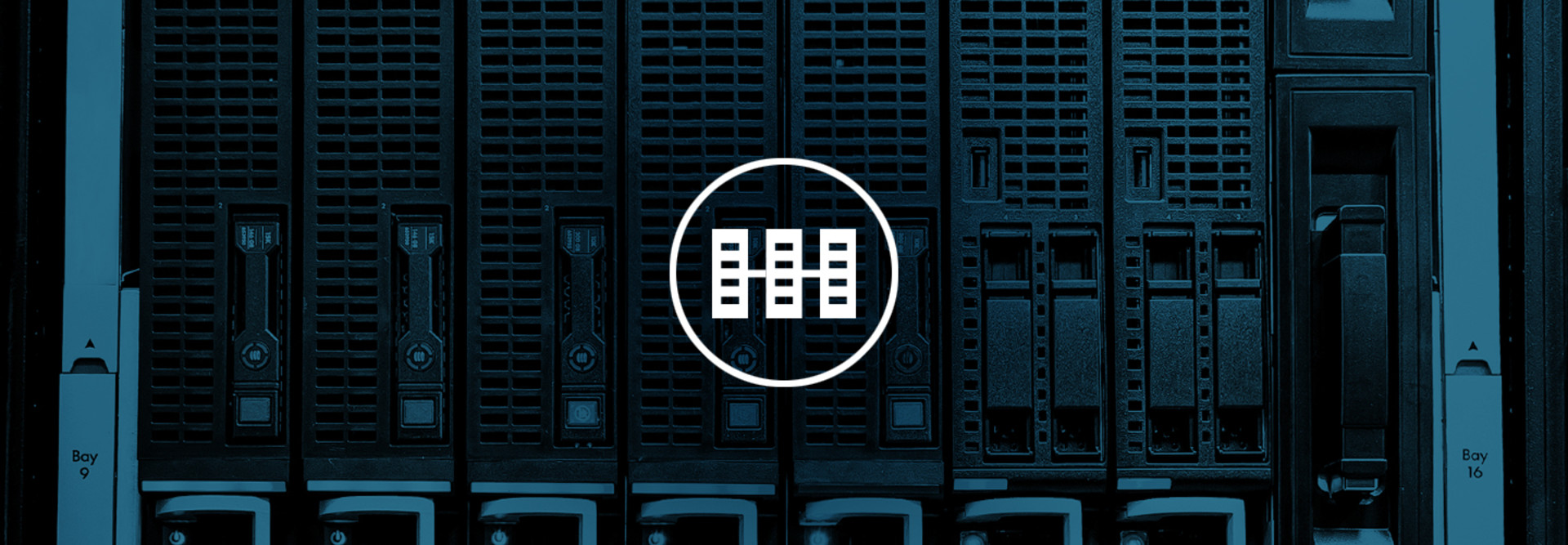8 Ways Hyperconverged Data Centers Help IT and Operations
1. Flexibility: Hyperconvergence lets organizations meet current and future needs without having to replace existing infrastructure components. Adopters can easily take advantage of new features provided in software updates.
2. Commodity resources: Hyperconverged systems use low-cost commodity hardware components that are relatively inexpensive, fast and easy to replace when they fail.
3. Centralized virtualization and management: All components are combined in a single shared resource pool with hypervisor technology. Systems management and virtualization are pre-installed, and many systems are optimized for specific workloads.
4. Improved agility: IT infrastructure is greatly simplified, allowing data centers to meet a variety of needs powerfully and responsively.
5. Efficient scalability: Following a scalable building-block approach allows IT teams to expand simply by adding new units, which can cut planning and deployment costs.
6. Easier automation: Automation fits hyperconvergence like a glove, thanks to the use of tightly integrated, centrally managed resources.
7. Enhanced data protection: Backup and recovery can be built directly into a hyperconvergence infrastructure, rather than as a third-party add-on.
8. Staff productivity gains: With hyperconvergence, IT staff members have more time to spend on mission-related tasks rather than on complex interoperability and management issues.
For more on hyperconverged data centers, check out, "The Benefits of Hyperconverged Data Center Infrastructure."









